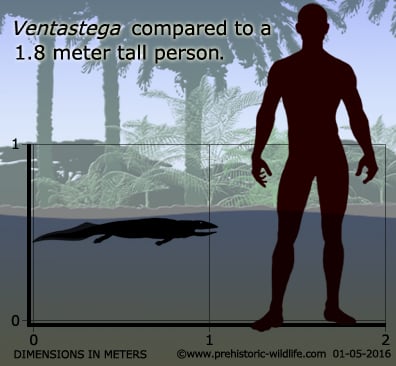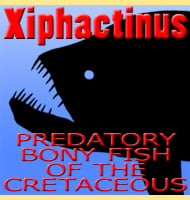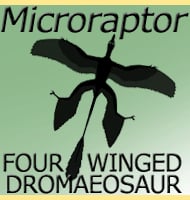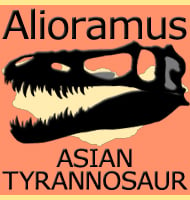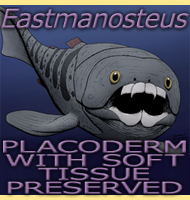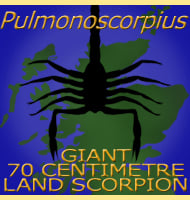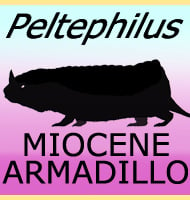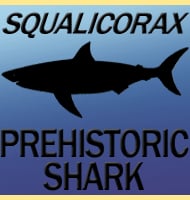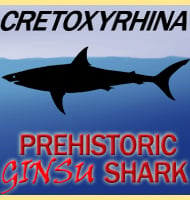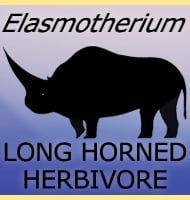In Depth
‘Discovered’ in a museum draw and named after the Venta River, Ventastega is a partially preserved amphibian tetrapod. Although very poorly preserved, there have been enough skeletal elements recovered to show that Ventastega had legs. These post cranial elements along with the quite well preserved skull suggest that Ventastega was more amphibian than fish, although it is hard to be certain to just quite how well developed it was.
Given its place in the fossil record, Ventastega would have been a primarily aquatic predator that specialised in hunting fish, but may have also included other prey such as very small and juvenile amphibians. The teeth of Ventastega were mostly small but numerous, the largest of which were in the upper jaw at the premaxilla and forward portion of the maxilla. These teeth were up to roughly double the size of the others and would have been for primarily seizing prey whereas the smaller teeth were more for gripping prey. This might suggest that prey like fish were manipulated in the mouth so that they were swallowed head first. This would avoid any spines that may have protruded from the fish getting stuck in Ventastega throat and digestive system.
The limbs although largely unknown would almost certainly have been only developed to be just good enough to push itself along the ground, and it is possible that Ventastega may never have left the water completely, the limbs evolving more for navigating submerged obstacles and shallows.
Further Reading
– The First Tetrapod Finds from the Devonian (Upper Famennian) of Latvia. Philosophical Transactions of the Royal Society: – Biological Sciences 343(1305):303-328. – P. E. Ahlberg, E. Luksevics & O. Lebedev – 1994. – Ventastega curonica and the origin of tetrapod morphology. – Nature 453 (7199): 1199–1204. – Per. E. Ahlberg, Jennifer A. Clack, Ervīns Lukševičs, Henning Blom & Ivars Zupiņš – 2008.
